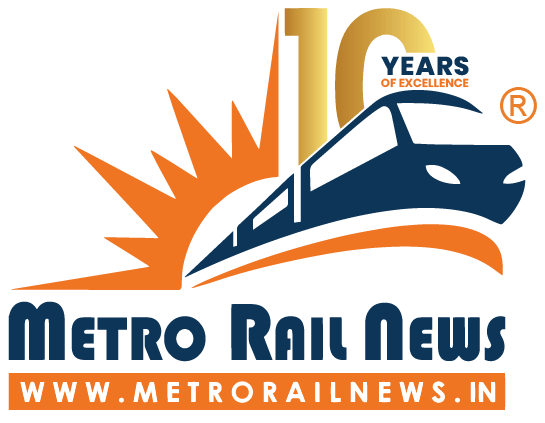KOCHI (Metro Rail News): It was concluded to use the inland waterways to launch a socially inclusive public transportation system – water metro – in order to reduce traffic congestion and pollution on Kochi roads, as well as to provide easy access to business areas on the mainland for urban households located along the Kochi lakeshore.
In an interview with The Economic Times – Kochi Metro Rail Ltd’s Managing Director, Loknath Behera, discusses the revolutionary water metro project and Kochi Metro‘s future goals.
What was the idea behind the water metro and what are the financial implications of the project?
It’s a creative and ecologically friendly idea that’s been in the works for a while. It’s a project of the state government. The project’s anticipated cost is Rs 700 crore, however, it may require additional cash in the future. It was conceived in 2017 and the work was outsourced to consultants.
Kerala’s government and Germany’s KfW have partnered to fund it, with KfW committing Rs 579 crore. The water metro’s goal was to deliver world-class transportation to Cochin, Kerala’s commercial centre and one of the state’s oldest ports. There are 62 waterways in Cochin. The water metro service could be extended to such canals if they can be made navigable.
Will, there be some kind of boat or some other type of coach will be used to ferry people?
There are electric boats that have diesel backup support. The Cochin Shipyard is responsible for its production. Other players are anticipated to use the space as well. The boats built by the Cochin Shipyard have been tried and tested, and any flaws have been ironed out. We’re modifying the tender for smaller boats based on it, and we’ll proceed with a global tender. These electric boats will cruise at 8.5 nautical miles per hour, compared to solar-powered boats’ 5 nautical miles per hour.
When is the project expected to be ready in all respects?
We hoped to launch it in 2021, but we had to wait for the new boats to arrive since we needed to induct them. By the end of April next year, we should be able to start with five vessels. By the end of the month, deliveries of one-of-a-kind boats will likely begin all over the world.
There were reports of environmental concerns over this project. Can you elaborate on that?
Although some environmental clearance is required for the construction of jetties, it is a mistake to imply that the project is not environmentally friendly. We are attempting to address the issues as soon as possible.
Moving on to Kochi Metro, has there been an increase in ridership and has it reached the pre-Covid levels?
We need to attain one lakh ridership, according to our projections, otherwise, there will be operational losses. Not only us, but every metro rail system in the country is losing money. Despite the existence of alternative funding options, ridership is the lifeblood of any metro system.
At the time of my arrival, the ridership was 11,000, and since then, we’ve held a number of promotional activities to encourage people to use public transportation. The initiatives have yielded some results, but not to the extent that was anticipated. Ridership has now surpassed 50,000, and we are now focused on strengthening last-mile connectivity to attract more riders.
We’re also considering purchasing electric buses for last-mile connectivity and equipping students with shareable bicycles. We also provide fare discounts to certain groups of travellers, particularly ladies. We expect that as a result of all of this, more people will use the metro.
There are women who can pay the fares and there are men in the economically weaker section who can’t. Isn’t reducing fares on a gender basis a little unfair?
It’s not a matter of gender; it’s a matter of convenience and cash generation. Many housewives leave their homes during off-peak hours when ridership is at its lowest, and it is at this time that we want to offer such low fares.





